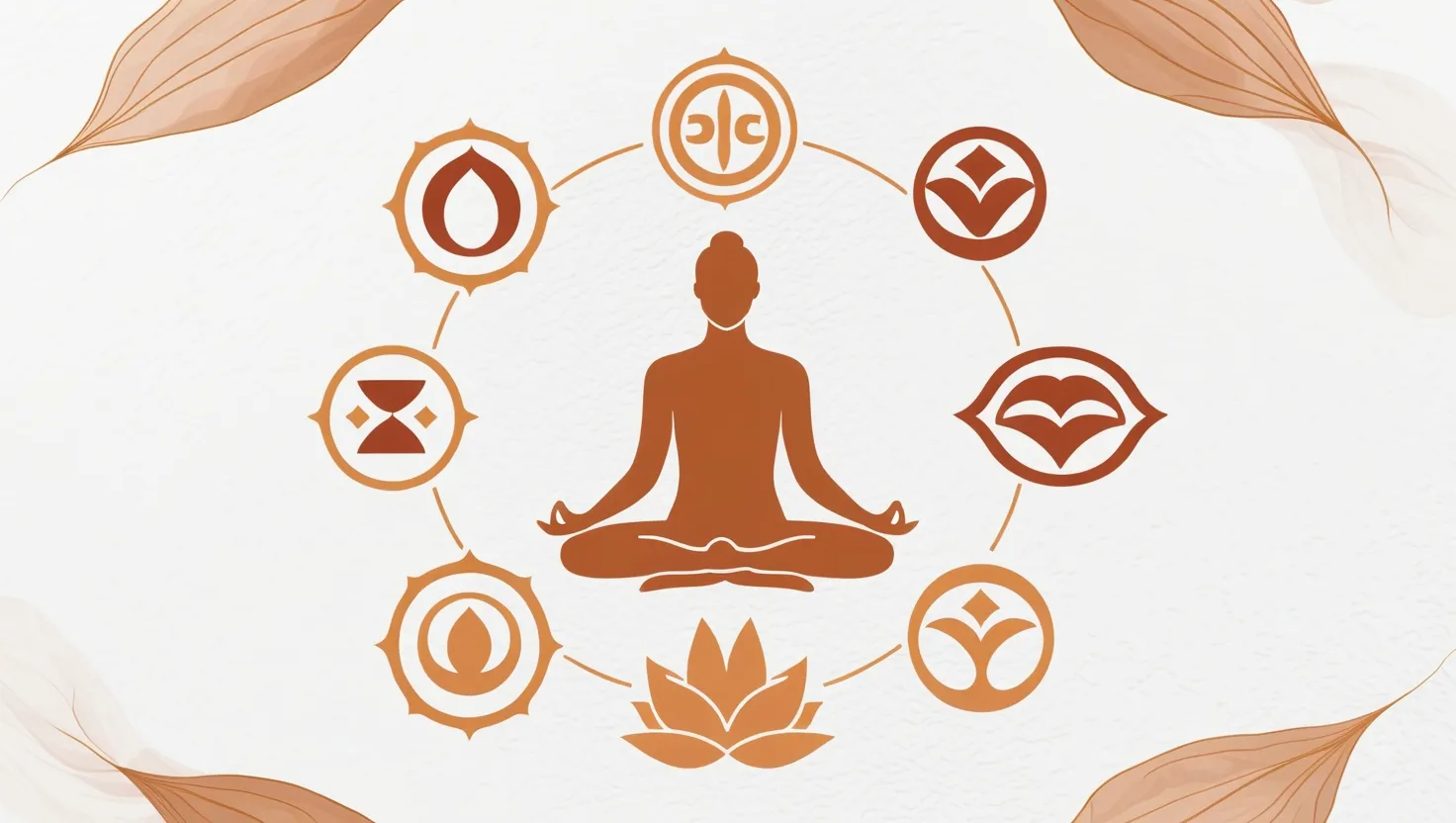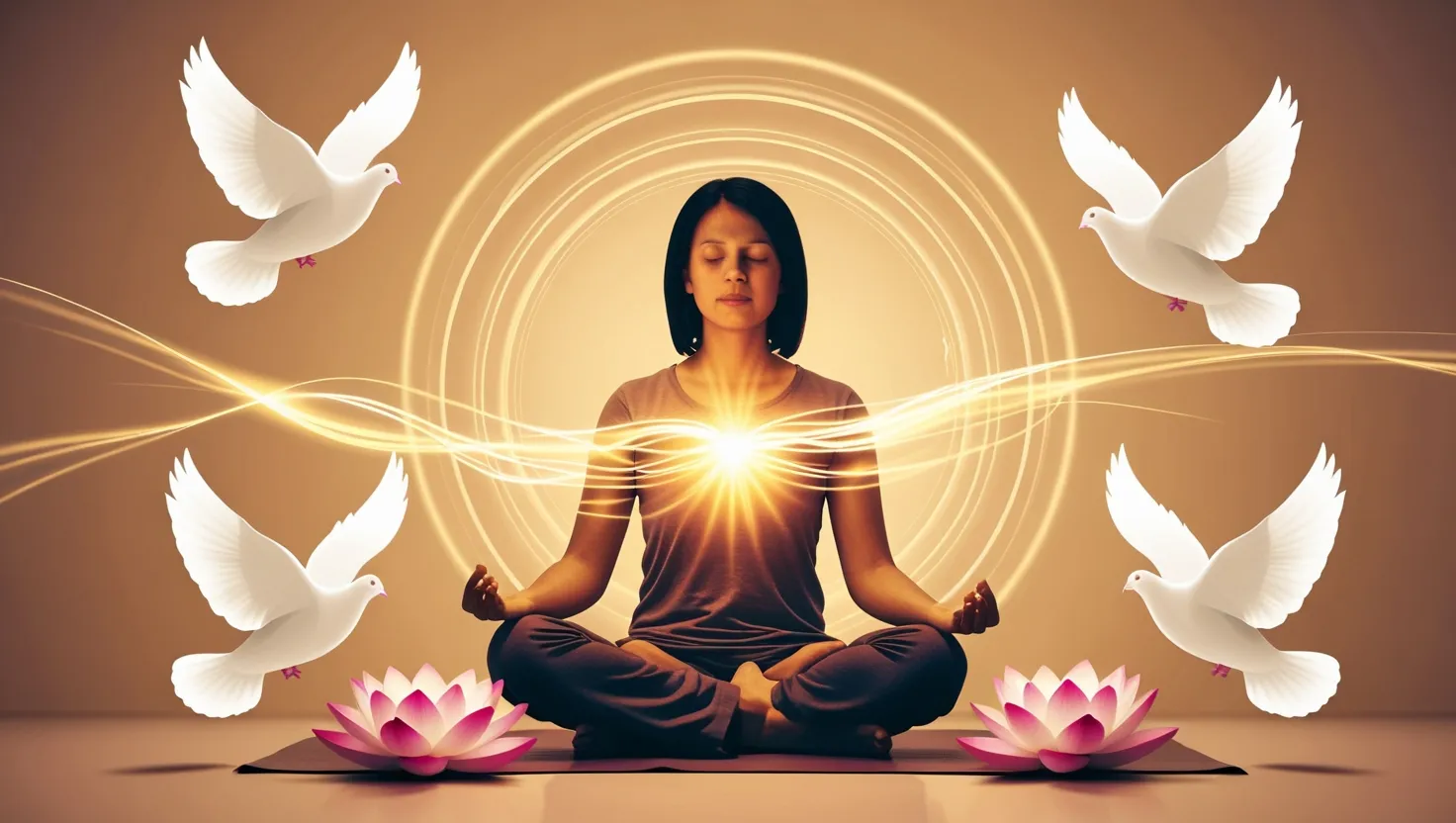Ahimsa, or non-violence, is a big deal in many Eastern philosophies like yoga and Jainism. It’s not just about avoiding physical harm; it’s a way of living that includes kindness, compassion, and harmony in everything we do. Let’s dive into how ahimsa fits into our everyday lives.
Ahimsa means non-violence or non-harming. It’s all about living in a way that causes no harm to others, ourselves, or the environment. In yoga, it’s one of the core principles. When we practice it, we send out good vibes that encourage others to live peacefully too.
In yoga, respecting your body’s limits is key. It means not pushing yourself to the point of injury. Imagine being in a yoga class where everyone’s twisting and bending like pros, but you’re having a tough time. Ahimsa is about listening to your body and doing what feels right for you, rather than trying to keep up with others. This makes your practice sustainable and helps you learn more about yourself.
The idea of ahimsa also affects what we eat. Many yogis and Jains choose vegetarian or vegan diets to minimize harm to animals. This doesn’t mean you have to quit meat entirely, but being mindful of where your food comes from and opting for environmentally friendly choices can make a big difference. Even small changes, like having plant-based meals a few times a week or buying fair-trade products, can contribute to a more harmonious world.
Our thoughts are powerful too. Negative thoughts about ourselves or others can be harmful. Ahimsa encourages being kind and compassionate in our self-talk and interactions. Imagine a world without road rage or harsh judgments. By being mindful of our thoughts and actions, we can create a more peaceful environment.
Ahimsa is more than just a principle; it’s a lifestyle. It’s about being gentle, compassionate, and loving towards all beings. Seeing ourselves in others naturally makes us more gentle and kind. This mindset helps us handle everyday situations with grace and understanding.
Cultural differences can sometimes lead to misunderstandings. For example, in some places, waiting in line isn’t a common practice, which can confuse people used to it. Ahimsa teaches us to embrace these differences and go with the flow. Respecting and appreciating different ways of life helps promote harmony.
One of the toughest parts of ahimsa is being kind to ourselves. We often struggle with self-loathing and negative self-talk. Practicing ahimsa means treating ourselves with the same kindness and compassion we offer others. It’s about recognizing that we’re human and it’s okay to make mistakes.
Ahimsa extends to our work life, too. Jains in America, for example, consider their business choices to ensure they don’t involve harm. This might mean not serving meat in restaurants or avoiding jobs linked to animal testing. By making ethical choices, we can uphold ahimsa in all aspects of life.
Public policy can also be influenced by ahimsa. Jains often engage in debates on issues like international conflict, economic fairness, and environmentalism. They push for policies that promote non-violence and harmony, contributing to a more balanced society.
Ahimsa is more than just a principle; it’s a way of living that promotes harmony and kindness in all areas of life. By adding ahimsa to our daily habits, thoughts, and actions, we can create a more peaceful and compassionate world. Whether it’s through our diet, physical activities, or professional choices, ahimsa guides us toward a more harmonious existence.






